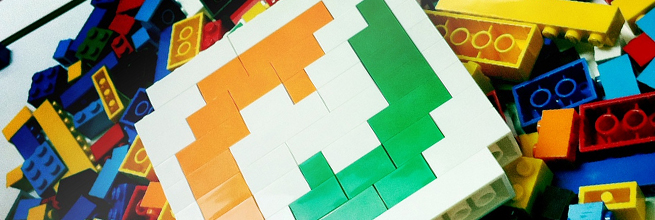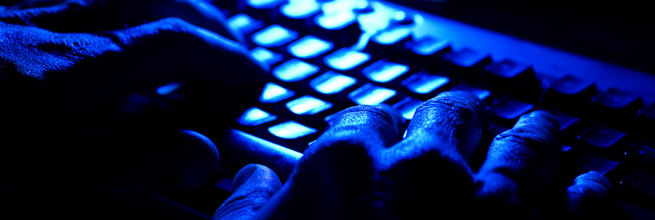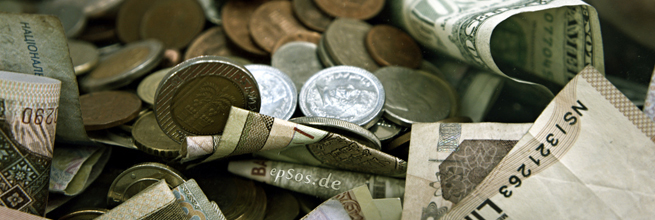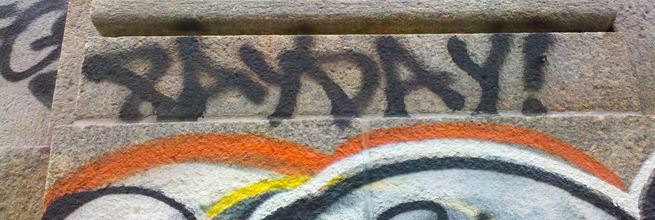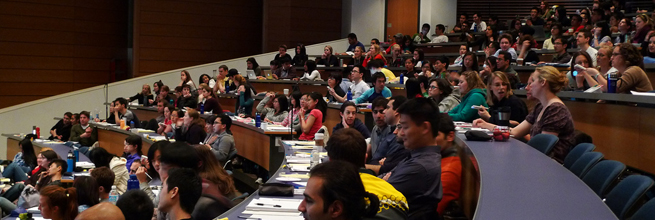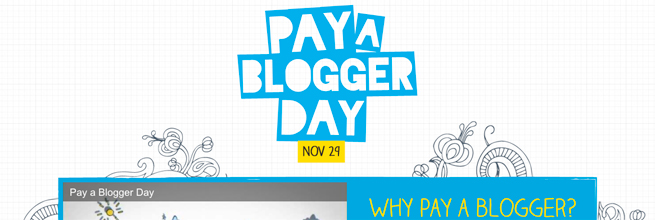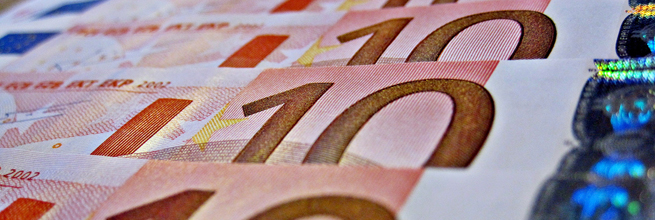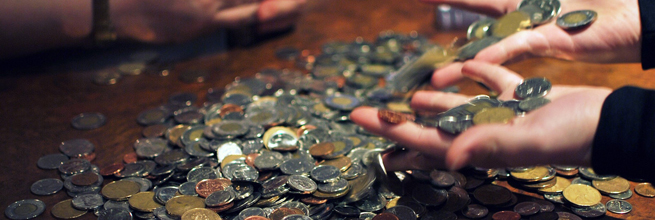 There has been a lot of buzz among my friends and cohorts lately about micropayments—small, social sums of money that can be paid out to any Content Creator—bloggers, podcasters, musicians, information providers, etc.—as a way of showing support, congratulating them for their work, and encouraging them to produce more. The movement has gained some momentum over the past few years, and the most prevalent network used to distribute and promote these payments is Flattr.
There has been a lot of buzz among my friends and cohorts lately about micropayments—small, social sums of money that can be paid out to any Content Creator—bloggers, podcasters, musicians, information providers, etc.—as a way of showing support, congratulating them for their work, and encouraging them to produce more. The movement has gained some momentum over the past few years, and the most prevalent network used to distribute and promote these payments is Flattr.
"What an interesting idea," I thought to myself when I first heard about the concept four months ago. So I signed up for a Flattr account and added 10€ into my Means. I added a Flattr button to my own website, and I was set. Then it was just a matter of clicking away on those little green Flattr buttons on my favorite websites!
NOTE: Flattr currently conducts business with the euro; for detailed info on how Flattr works, see Kim Werker's excellent videoblog on the topic.
Why are Micropayments Important?
The Internet is an enormous, nebulous, ever-changing space, and so much of the content there is given and demanded of freely. That's part of what makes the Internet so awesome, but it's also why micropayments are necessary. Content Creators are often sacrificing countless hours to the altar of free content generation. When I started blogging on a professional level, I quickly realized how much time it actually takes to draft, review, revise, proofread, format, visualize, publish, and promote each article.
Micropayments serve two purposes:
- They allow Content Consumers to show support for a Content Creator.
- They provide a social means for recognizing and validating the authority of a Content Creator.
In the Internet world, we rely so heavily upon our web analytics as a thermometer for success. How much traffic an article drove, what kind of time is spent by a visitor on our web page, and how our Google rankings give priority to our content over others when someone queries are all metrics for our Internet effectiveness.
But while a site's rankings help affirm the level of authority that a Content Creator has established, anyone with enough time to devote to working the ranking system can achieve that same level of recognition.
The micropayment system is an excellent form of Consumer-to-Creator support without a Google middleman. I see something I like or consider authoritative, so I show my appreciation by clicking a Flattr button and giving that Creator a small sum of money. This is especially handy if the Creator offers products or services for sale that fall out of my price range or just don't fit what I'm looking for.
Micropayments vs. Subscriptions
What's great about the micropayment system is that it's completely opt in and puts control in the hands of Consumers. I may not feel comfortable subscribing for a year to a blog or podcast, but if I read an article that I find particularly interesting, I have the ability to give it an individual bump with a monetary thank you.
I give money to what I personally deem as worthy of my money, without being confined to supporting something on a grand scale. It's a way of giving support to what means most to me, as well as giving feedback to the Content Creator about what kind of content I would like them to continue producing.
For example, my friend Diane blogs about all kinds of things related to crafting, from book reviews to tutorials to craft business advice. Because I myself don't find the tutorials and book reviews as personally interesting or beneficial, I'm able to reserve my Flattry for the business advice articles. Someone who just likes to craft and isn't trying to make a business out of it could do the opposite.
Micropayments as Income
On the flip side, it's important for Content Creators to keep the prefix in mind. Micro-payments are tiny, and until you are amassing thousands of clicks for each bit of content produced, there is no feasible way that a steady revenue stream can be established.
Since I am a Content Creator, when I set up my account for the first time I figured that the small investment of money that I was putting into the system would ultimately come back and repay itself through the Flattring that I would receive from others on my own content. It has yet to do so.
In fact, I've still made less than €10 in revenue over the last four months, which was my initial contribution in September. In total I've added €40 into my Flattring of others. And while I don't mind in the least supporting my fellow Content Creators with that amount of money, I feel like the amount of money going into Flattr won't circle back around effectively until a couple challenges are overcome.
Challenge #1: Mass Exposure and Education
There aren't that many people that I can find in my sphere who actually use the service. I was frustrated to discover that I only knew a few people with buttons on their site, so I was limited to Flattring only those people. I didn't mind Flattring them at all, as every single one hadn't seen a dime of monetary support from me for what they do until that moment when I had the power to give them some. But I felt extremely limited in my pool of people to support.
If micropayments are to succeed, they need massive exposure to the general population, and a major campaign to educate people as to why a system like this is important and should be adopted by a community who is conditioned to expect everything it finds online to be free. This paradigm shift will not come without some massive marketing effort that will likely need to be crowdsourced to the Content Creators—for free—which puts an interesting twist on a community that's trying to support people financially.
Pay a Blogger Day was an initiative heavily promoted by the Flattr network, and helped the movement gain a lot of visibility. I personally discovered a few new sites with Flattr buttons and spread the love a little further than my reach would normally allow. I also garnered some clicks from people that don't otherwise follow me.
But when my end-of-month Flattr report came through, my revenue was much lower than I expected, and then I realized that the there may have been a little backfire to the promotion. I'm not certain what number of new accounts were created, but since your monthly Means are divided up evenly between the clicks you dole out, those users with existing accounts were likely clicking more than normal, unknowingly reducing the amount of money given to each user and diluting the effectiveness of what the day was set out to do.
NOTE: Diane Gilleland has a great podcast with Flattr's Community Director about the micropayment philosophy. It's only 99 cents. Give it a listen!
Challenge #2: Mass Adoption
I have no statistics to back this up, but I have a feeling that the vast majority of Flattr users are themselves Content Creators, meaning the existing network is largely Creator-to-Creator, not Consumer-to-Creator. If the aforementioned paradigm shift is achieved, then what Flattr needs is a massive influx of new accounts that are largely Consumers.
Second to this, Flattr faces the challenge of converting consumers over to a new type of social network—one that requires a funding source. This could be really hard to do, especially as we rethink our economic comfortability. But once a user believes in the system, it's easy to take the next step and contribute something like 5€ or 10€ per month to pass along to your favorite Content Creators. Flattr also does an excellent job of nudging you here and there to add Means or share some more Flattr love.
Micropaying it Forward
I love using Flattr—giving tokens of support to my favorite Creators allows me to applaud them even incrementally in their efforts to make a living doing what they love. Micropayments need exposure through consumer education and adoption by a larger number of consumers than creators. But the micropayment system continues to gain velocity, and you can bet I'll be watching it closely as things progress. And I'll continue using it to spread the microlove.
What are your thoughts, experiences or reservations about the micropayment system?
